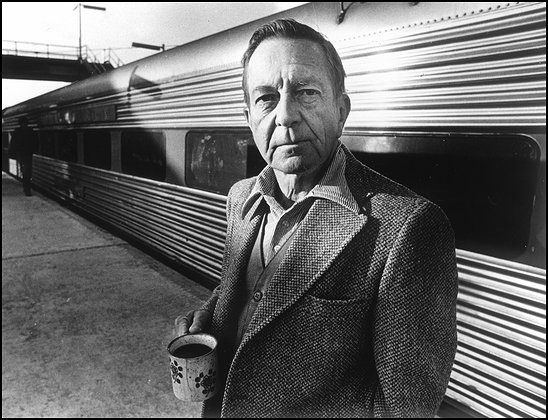____________________________________________________________________
June 18, 2012 saw the 100th anniversary of the birth of John Cheever, perhaps the finest American fiction writer of his generation and certainly one of the greatest masters of the short story America has ever produced. Best-known for his short fiction — which was published in The New Yorker and other top-shelf magazines of his day — than for his novels, which range from the estimable (The Wapshot Chronical) to the half-baked (Oh, What A Paradise It Seems!), Cheever both captured and exemplified the America of the 1950s and early ’60s, a golden age with a seedy underbelly that has been so doted upon lately by wildly popular television shows like Mad Men.
But this characteristic is also potentially Cheever’s greatest fault, as a writer who captures a specific era is also imprisoned by it, risking irrelevance for future generations. Yet, if the current American obsession with the post-war years are any indication, Cheever’s work rings true and will continue to do so. See, for example, this recent New York Times article invoking Cheever’s portrayals of upstate New York suburbia in the light of recent scandals involving the Kennedy family.
____________________________________________________________________
Recommended Reading:
The Collected Stories of John Cheever – Cheever’s finest writing by far. Though he struggled to throw off his reputation of being a “New Yorker writer,” Cheever reinvented the short story and defined it for generations to come.
The Journals of John Cheever – Some of Cheever’s best prose, complete with blistering accusations of himself and everyone around him. When these were first serialised in the New Yorker in the 1990s, they caused a scandal, as they revealed Cheever’s bi-sexual nature and his lifelong struggles to repress his sexuality.
